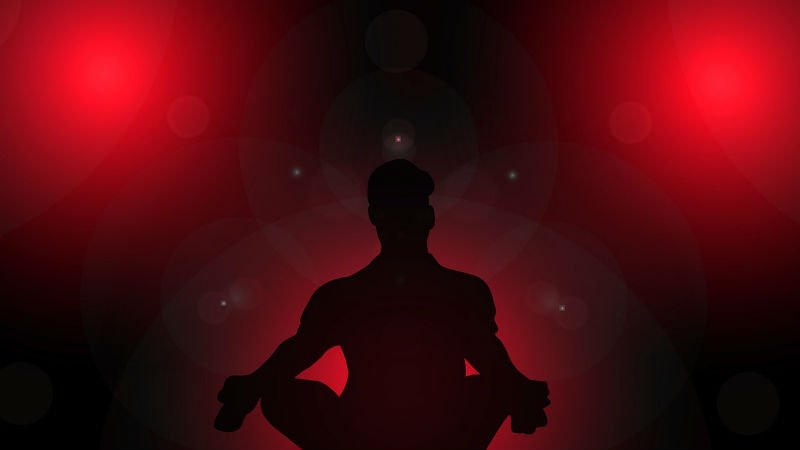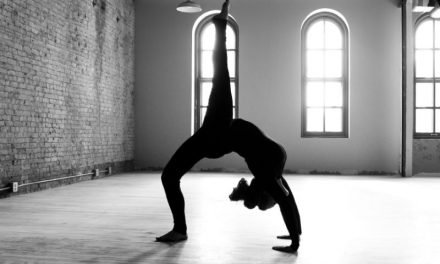Pranayam is derived from Sanskrit words ‘Prana’ meaning energy or life force, and ‘ayama’ meaning control. Pranayam thus means to control the vital life force. By Controlling the rhythm, flow and ebb of breath, one can control the rhythms of body or prana. Pranayam thus occupies a central position in yogic system. The great sage Patanjali in his yoga sutra mentions Pranayam as means to attain supreme status of awareness and also as means to attain Samadhi (state of meditative consciousness).
Pranayam’s main goal is to increase the quantum of life fore so that hidden recesses of brain can be accessed which helps one to achieve expansion of human faculties and also retard degeneration of brain.
It is possible to experience an awakening in this life through realizing just how precious each moment, each mental process, and each breath truly is.
Christy TurlingtonWhat is Prana and how does it operate?
Prana is the dormant potential energy of body also called as ‘pranashakti’ or ‘kundalini’ and resides at a center, which is just above the genital area or ‘mooldhara chakra’. According to yoga, prana flows from the base of mooldhara chakra up along the right side of spinal column to the top of spinal column where ‘Ajna Chakra’ lies. On its way up, prana gets distributed to whole body through different set of nerve channels reaching every atom of body.
Prana and the Brain
Science divides the brain into 3 parts, i.e. new brain, middle brain and primitive brain. Yoga focuses on functions of the primitive brain, which comprises nine out of ten parts of brain. The primitive brain is ‘silent’ and ‘unexplored’ by modern science. However, according to yogic practice, the next phase of human evolution would see development of these parts through Pranayam. Regular practice of Pranayam not only creates a greater quantum of ‘prana’ but also helps in purification of channels that carries this increased prana to the ‘silent’ areas of brain. When this increased amount of prana energy is created, it flows from mooldhara chakra through right side of the spinal column called ‘pingala nadi’ and up to ‘Ajna Chakra’. From here it flows to primitive brain, stimulating the ‘silent’ areas that house mysterious faculties such as clairvoyance, intuition and awareness.
Pranayama, kundalini and Awakening
Practicing breathing techniques of Pranayam creates a certain amount of heat in body, which in turn influences the existing quantum of prana energy. This heated prana energy ascends along the pingala nadi to ajna chakra. When sufficient heat or energy is generated within body, ajna chakra sends a feedback to mooldhara or kundalini, and the dormant energy lying therein is awakened. Pranayam thus serves to awaken the kundalini and also purify the channels to transmit this energy. For eg. Ujjayi pranayama clears the pingala nadi for accession of kundalini energy.
The science behind Pranayam is based on retention of ‘kumbhaka’ or pranic energy. Inhalation and exhalation are merely incidental in the process of doing so. Sages who perfected awakening of kundalini, did so by perfecting the art of kumbhaka, which not only increases blood flow into brain, but also generates heat in the system. This heat is in the form of electrical impulses, which in turn alters the chemical structure of cerebral fluid. This affects the behavior of brain, leading to dizziness. This dizziness condition is important for true awakening. However very few people are able to handle it. Therefore Pranayam needs to be combined with the practice of concentration. Pranayam must therefore be done very intelligently and patiently.

Types of Prana Vayus
Prana could be further subdivided into energetic components called Vayus (winds). There are majorly 5 types of Vayus, all have very subtle yet distinct energetic qualities, including specific functions and directions of flow. Through concious control and cultivation of these vayus, it is possible to achieve optimal health and well-being. It is also possible to activate Kundalini energy to obtain states of enlightened Samadhi.
5 types of Prana-vayus that are responsible for the activities of the body are
1. Prana-Vayu
It is situated in the head, and centered in the third-eye. Its energy prevails in the torso region. The flow of this force is inwards and upward and it helps in nourishing the brain and eyes; and governs reception of food, air, senses and thoughts. This vayu is the fundamental energy in human body and feeds directly into the other four Vayus. Awareness of this vayu helps to lengthen and open the upper body.
2. Udana-Vayu
It is situated in the throat, and has a circular flow around the neck and head. It governs speech, self-expression and growth. The awareness of this vayu creates focus to maintain long spine and correct posture.
3. Vyana-Vayu
It is situated in the heart and lungs, and flows through entire body. This vayu flow from center of body to the periphery; and governs circulation of substances throughout the body. It assists in functioning of the other vayus. Awareness of this vayu creates focus to strengthen the body and increase fluid motion.
4. Samana-Vayu
It is situated in the abdomen and its energy is centered at the navel. The flow of this vayu is from periphery of body to the center. It helps in governing digestion and assimilation of all substances, i.e. food, air, experiences, emotions and thoughts. Awareness of this vayu helps to open and relax the body.
5. Apana-Vayu
It is situated in the pelvic floor of body and its energy pervades the lower abdomen. Flow of this vayu is downwards and out; and its energy nourishes the digestive, reproductive and elimination organs of body. It governs the elimination or detoxification process of the body , by helping in the expelling of carbon dioxide, urine, stool etc. Awareness of this vayu creates focus to ground and stabilize lower body.
Out of these vayus, Parana and Apana are most important. Regular practice of Pranayam helps in achieving balance in the activities of these vayus, resulting in a healthy mind and body.
Benefits of Pranayam
Following are major benefits of practicing Pranayam
- Cures and prevents blood pressure, stress, anxiety, stomach disorders, depression, diabetes, heart problems and many other health issues.
- Increases vitality
- Helps in physical detoxification
- Improves immunity.
Best time to practice Pranayam
Morning is the best time to practice, preferably after taking bath. A 35 to 45 minute session of Pranayam is enough to become healthy and fit.






You have made some decent points there. I checked on the net for more info about the
issue and found most people will go along with your views on this
web site.